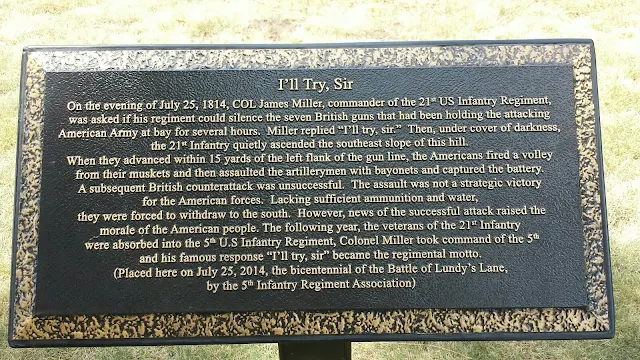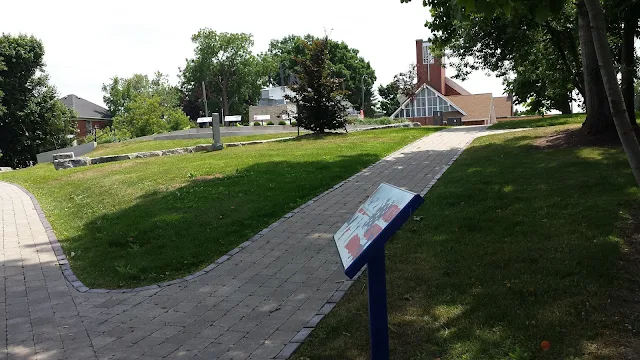I received the Kindle edition of this Osprey series book. There is not much out there on the North American War of 1812 in wargame circles. So when something comes out it is met with great rejoicing. I saw this originally on the Osprey publishing website and pre ordered it right away. I then spent the morning reading, and rereading it. As someone who has limited dollars to spend on his hobby I have to say I was most happy with the book and think it well worth adding it to your library.
First off, what the book is not. It is not a uniform guide. It is not a history of the war. There are other better books for those subjects. Nor is it about the various Militia, Volunteer or Fencibels regiments.
What it is is a comparison if the United States Regular soldier and his British counterpart. It details their training, organization and background. It goes into the drill manuals and how regiments formed up for battle. There is some information about uniforms but just basics. And there are three workman like accounts comparing the two armies at three major actions: Queenstown Heights 1812, Chrysler's Farm 1813 and Chippewa 1814.
The heart of the book is how the US regular army grew and developed during the war. At the start the regular army was often the poor step child compared to the state militia. Officers were often political appointed and ignorant of their duties. There was no solid non commissioned ranks to train and maintain discipline and to be an example like in the British army. Drill manuals? Take your pick! Because there was no standard it was each regiment on its own. As the war progress the incompetents are weeded out and a solid officer and non commissioned officer corp evolves. A group of talented and dedicated officers rose to command positions. The difference between the army at Queenstown and Chippewa was as light is to darkness.
The book is not biased or one sided. The British regular was a professional who maintained that reputation throughout the war. The US regular evolved and developed throughout the war. So yes, there is much more about him in the text and how this development came about. Again the book is a comparison of the two regular soldiers from the start of the war to the end. I think it is important to understand this before you buy the book. I enjoyed it very much and found lots of good food for thought and lessons for my wargames armies.





















































